Types of wind turbines: which one generates the most energy?
If there is one key factor when it comes to generating power from wind, it is the type of wind turbine. The choice directly determines how efficient a wind far converts the kinetic energy of wind currents into electricity.
Every last detail of the wind farms we see every day are designed for maximum energy production: their location, the average wind force, the type of turbine... So, let's take a closer look at how important the chosen wind turbine is.
Types of wind turbines by shaft and blades
1. Wind turbines with blades and horizontal axis. These are the most common ones we can see in most Spanish wind farms. The axis of rotation is parallel to the ground, and they have a great hub height and a rotor mechanism that guides the wind turbine to follow the changes of the wind directions.
The common horizontal axis wind turbine models use three blades, often considered when determining what is the best wind turbine blade design for efficiency.
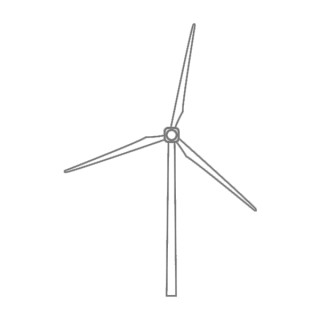
2. Wind turbines with blades and vertical axis. The axis of rotation is perpendicular to the ground. The edges do not need to face the wind and do not need a lot of vertical height to harness their power. The caveat? They are less efficient.
There are four types:
- Savonius: they can have different blade shapes and differential drive shafts.
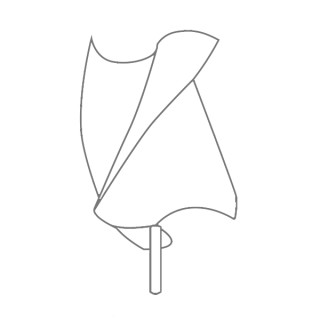
- Darrieus: their blades are curved and rotate on their axis.
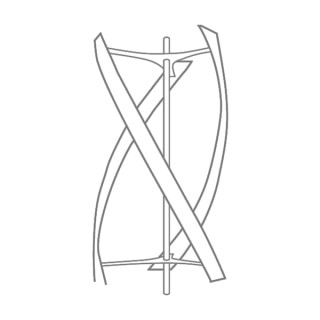
- Mixed turbine: a blend of the two previous models.
- Giromill: horizontal arms join vertical blades to the shaft.
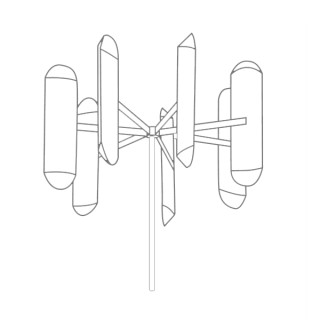
Types of wind turbines according to their robustness
Wind turbines can be classified according to the strength of the wind they can withstand. When it comes to stronger winds, such as those of an offshore wind farm, their structure must be prepared for the powerful onslaught.
The international standard IEC 61400 establishes up to six combinations of categories regarding turbulence intensity and maximum wind speed:
• Wind speed (Classes I, II and III).
• Turbulence intensity (Categories A, B and C).
To choose the best wind turbine, these two parameters must be analyzed, especially in complex sites, using a project-specific site suitability analysis.
By 2030, wind turbines could reduce carbon dioxide emissions from power generation by 45%, according to the Spanish Wind Energy Association (AEE). At Vector Renewables, we are confident that we will part of this positive change for the planet.
Over the past 15 years, the Vector Renewables team has accumulated more than 30 GW of technical wind services, a testament to our extensive experience in providing consultancy services for these types of projects. This makes us experts in advising on the most efficient type of wind turbine for converting the kinetic energy of wind currents into electricity. At Vector Renewables we are here to advise you on your renewable energy projects from start to finish. Shall we talk?
When you subscribe to the blog, we will send you an e-mail when there are new updates on the site so you wouldn't miss them.
